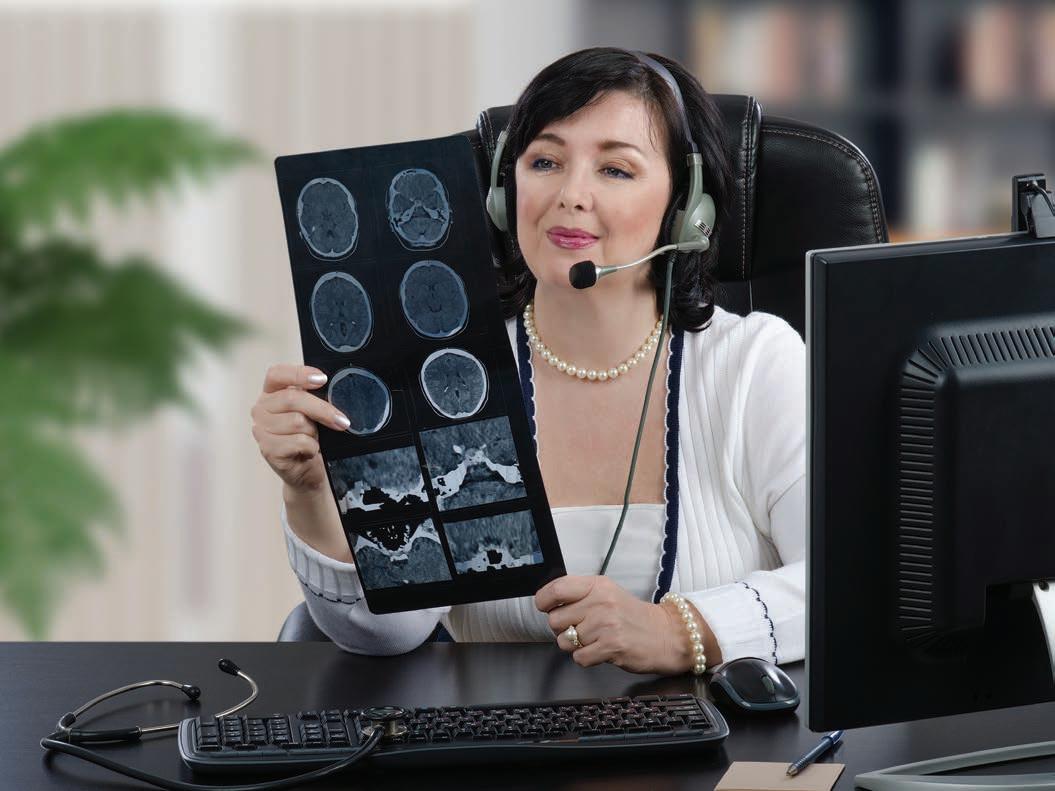
1 minute read
DCMS Foundation
Advertisement
With the vast array of mobile health apps, the growing mobile health field is also contributing to the growth of telemedicine. More patients have begun using mobile apps and technology to monitor and track their own health. This makes them more receptive to using telemedicine to get treated by a healthcare provider. “Smartphones have revolutionized every aspect of life and so is the case with healthcare. Telemedicine is not just video consultation, it is digitization of healthcare delivery and online clinic experience,” says Waqas Ahmed, MD, FACP, CEO and Founder of American TelePhysicians Inc. “Like any other technology, telemedicine adoption started with younger generation first and now is being used widely by both patients and physicians of all ages. In recent years reimbursement by insurances had been a big barrier, which now has been eased out so adoption is going to be accelerated now.”
But with any technology solutions, there are some downsides to using telemedicine. Telemedicine platforms generally require some training and purchasing equipment, which can take up a significant amount to time and money, especially if the telemedicine platform is extensive. Some critics are also wary that telemedicine will replace in-person doctor visits, but this is not the case. Traditional in-person method of receiving healthcare treatment is necessary in many circumstances, and will always be a significant part of getting treatment from a healthcare provider. “Telemedicine has its limitations such as limited physician exams and personal interaction,” says Dr. Ahmed. “Certainly, there is no match to in-person visits however both patients and healthcare providers also understand that like other digital communications [such as video calling and social media] telemedicine and





